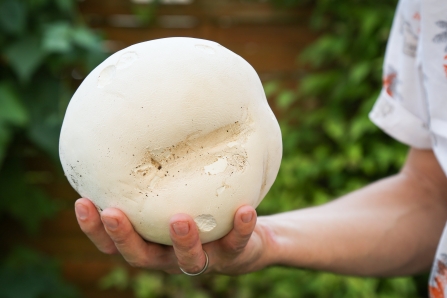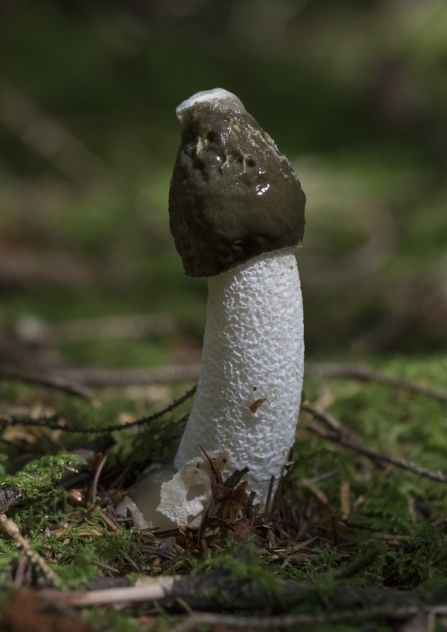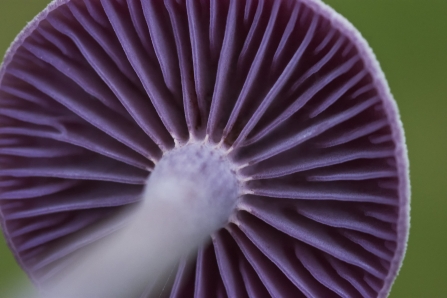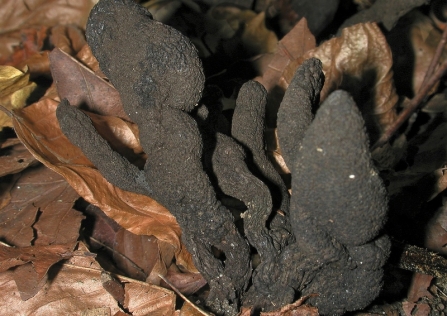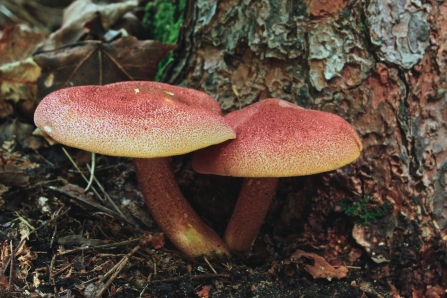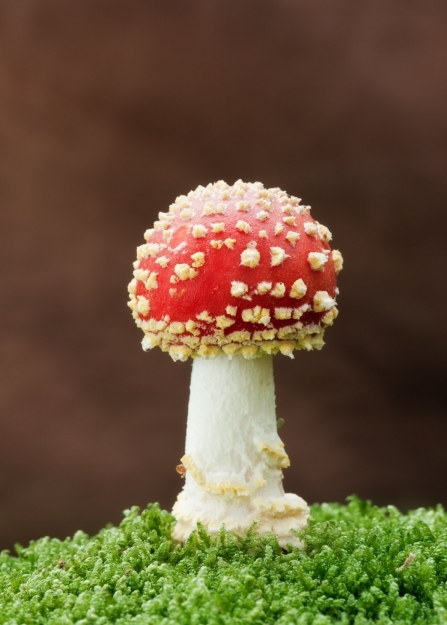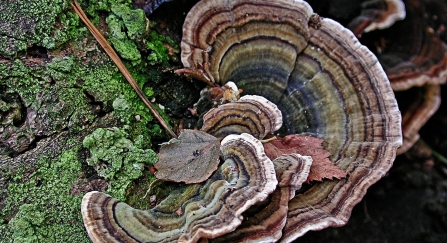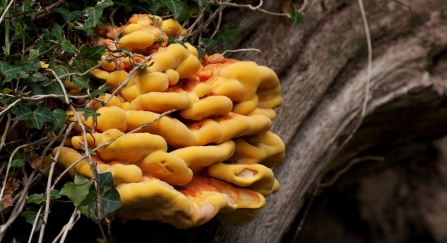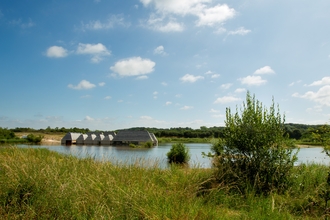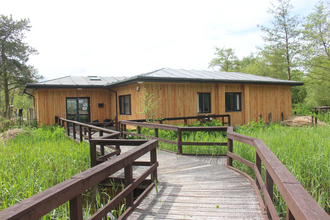The UK is home to around 15,000 species of fungi. They can pop up everywhere from woods and riverbanks to meadows and even your garden, with different species favouring different environments.
What do fungi do?
Fungi are neither plants nor animals. Instead, they belong to their own fascinating kingdom.
The mushroom we see above the soil or rotting wood is just one small part of the fungus: the fruiting body. It releases spores for reproduction, while below ground the rest of the fungus concentrates on drawing nutrients and energy from organic matter using a series of long threads called the mycelium. In some fungi, the mycelium can stretch for several miles, making them the largest living organisms on earth!
Fungi play a pivotal role in our ecosystem. They recycle waste and break down organic materials like leaves and wood into new nutrients, helping plants and trees to grow and thrive. In fact, the existence of 95 per cent of plants relies on fungi – we certainly owe them a lot of gratitude.
Which wild mushrooms are edible?
Edible wild mushrooms aren’t uncommon in the UK. Some are rich and flavourful, while others add texture but not much taste. Remember, though, that there are plenty of poisonous fungi in the UK, and they aren’t always easy to identify. Many can look really similar to certain edible mushrooms, so our advice is to never pick fungi unless you’re accompanied by an expert in fungi identification. Plus, leaving them where they are means other people can enjoy their beauty, and the wildlife that eats them gets extra food.



